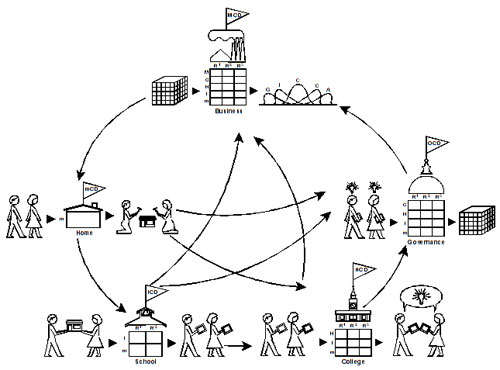V. Community Growth – The Entrepreneurial Community
The key to generating economic growth is the entrepreneurial community. John Linder, newly-elected mayor of Chester, Pennsylvania adopted the mission of The Prosperous Community and the means of The Entrepreneurial Community as the theme of his administration.
The Entrepreneurial Community is the fundamental foundation for the architecture of The Prosperous Community and, indeed, The Prosperous Nation. The requirements for The Entrepreneurial Community in the 21st century emphasize The Freedom Functions:
- Cultural Relating: All components of the community are related collaboratively and/or interdependently.
- Free Enterprise: All components of the community are supportive of entrepreneurial economics.
- Participative Governance: All components of the community participate in governance directly or by representation.
In short, The Entrepreneurial Community is centered upon The Freedom Functions of the greater culture. These functions guide the principles of community growth and development in the 21st century:
- Interdependency of components provides the synergy for their growth.
- Free enterprise of components generates the wealth for their growth.
- Participative governance processes component input and feedback to guide distribution of services to elevate and accelerate growth.
In other words, The Entrepreneurial Functions are the common mission of The Prosperous Community.
The Entrepreneurial Paradigm
The Entrepreneurial Paradigm may again be viewed again. As may be noted, the components are interdependently related:
- Homes and Neighborhoods,
- Schools and Training,
- Colleges and Technologies,
- Governance and Services,
- Business and Industry.
The interdependency not only supports the structure but also relates the components synergistically: each grows as the other grows.
Homes and Neighborhoods
The homes are the most simple unit of community development. There the parents employ R1 Relating processes to enable children to become skilled in the functions of mCD or Mechanical Capital Development, including especially the mechanical use of the computer and the Internet (see Figure 1):
- Functions or purposes,
- Components or parts,
- Processes or procedures,
- Conditions or contexts,
- Standards or achievement.
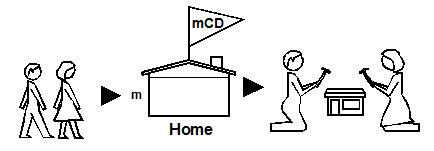
Figure 1. Building the Homes and Neighborhood Operations
When the parents have stimulated and reinforced their children with these Mechanical or Functional Operations at the highest levels, we may conclude that we have produced the mCD or Mechanical Capital Development upon which the school operations can build.
Schools and Training
As may be viewed, the schools are partners with the home components. Together, they build upon Mechanical Operations with Information Operations by employing
R2 Representing Processes (see Figure 2):
- Phenomenological Information by S5 Spatial Representations;
- Vectorial Information by S4 Social-Schematic Representations;
- Dimensional Information by S3 Schematic Representations;
- Operational Information by S2 Systems Representations;
- Conceptual Information by S1 Sentence Representations.
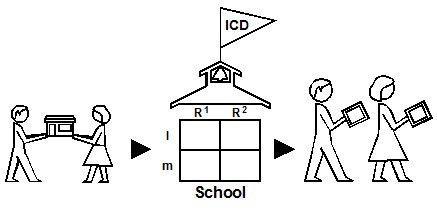
Figure 2. Building the School Operations
When the teachers and parents have stimulated and reinforced their learners with these Information Operations at the highest levels, we may conclude that we have produced the ICD or Information Capital Development upon which the college alterations can build.
Colleges and Technologies
In turn, the colleges partner up with the schools and homes as components in Human Operations built upon the Information Operations. They do so by employing R3 Reasoning Processes (see Figure 3):
- Goaling by Analyzing the Current Operating Principles or COPs;
- Exploring by Expanding the COPs;
- Understanding by Narrowing to the Productive Operating Principles or POPs;
- Acting by Planning the Productive Operating Programs or POP IIs;
- Recycling by Feedbacking data from the performance of the POP IIs.
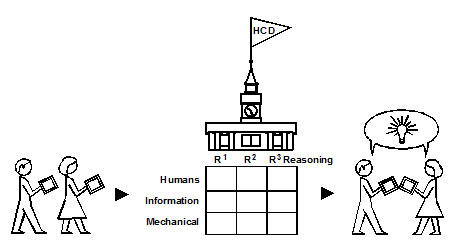
Figure 3. Building the College Operations
When the professors, teachers and parents have stimulated and reinforced the students with these Human Operations at the highest levels, we may conclude that we have generated the HCD or Human Capital Development upon which governance operations can build.
Governance and Services
Next, governance partners with the colleges, schools and homes as components in Organizational Operations built upon Human Operations. They do so by employing R4 Reorganizing Processes (see Figure 4):
- Leadership by Goaling,
- Marketing by Inputting,
- Resource Integration by Processing,
- Technology by Planning,
- Production by Outputting.
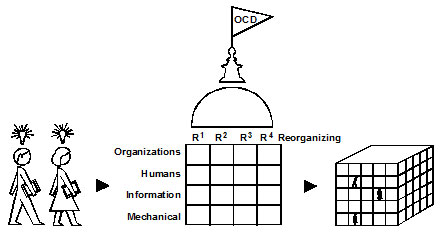
Figure 4. Building Governance Operations
When all components have stimulated and reinforced the citizens with these Organizational Operations at the highest levels, we may conclude that we have generated the OCD or Organizational Capital Development upon which business operations can build.
Business and Industry
Finally, the private sector partners with the public sector contributors in Marketing Operations built upon Organizational Operations. They do so by employing R5 Repositioning Processes (see Figure 5):
- Policy-Making by Generating,
- Executive Architecture by Innovating,
- Management Systems by Commercializing,
- Supervisor Objectives by Commoditizing,
- Delivery Tasks by Attenuating.
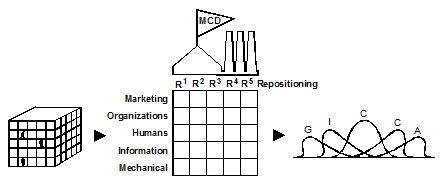
Figure 5. Building Business Operations
When all components have stimulated and reinforced all levels of workers with these Marketplace Operations at the highest levels, we may conclude that we have generated the MCD or Marketplace Capital Development upon which Community Operations are based.
Community Operations
The complete Community Operations may be viewed again. As may be noted, all components build developmentally and relate interdependently:
- Homes and Neighborhoods
- Schools and Training
- Colleges and Technologies
- Governance and Services
- Businesses and Industries
In addition, all functions build developmentally and cumulatively:
- Mechanical Operations
- Informational Operations
- Human Operations
- Organizational Operations
- Marketplace Operations
Finally, all processes build developmentally and cumulatively:
- R1 Relating
- R2 Representing
- R3 Reasoning
- R4 Reorganizing
- R5 Repositioning
Together, these functions, components and processes define and build The Entrepreneurial Community. Let us view the contributions of the different cultural and economic components.
